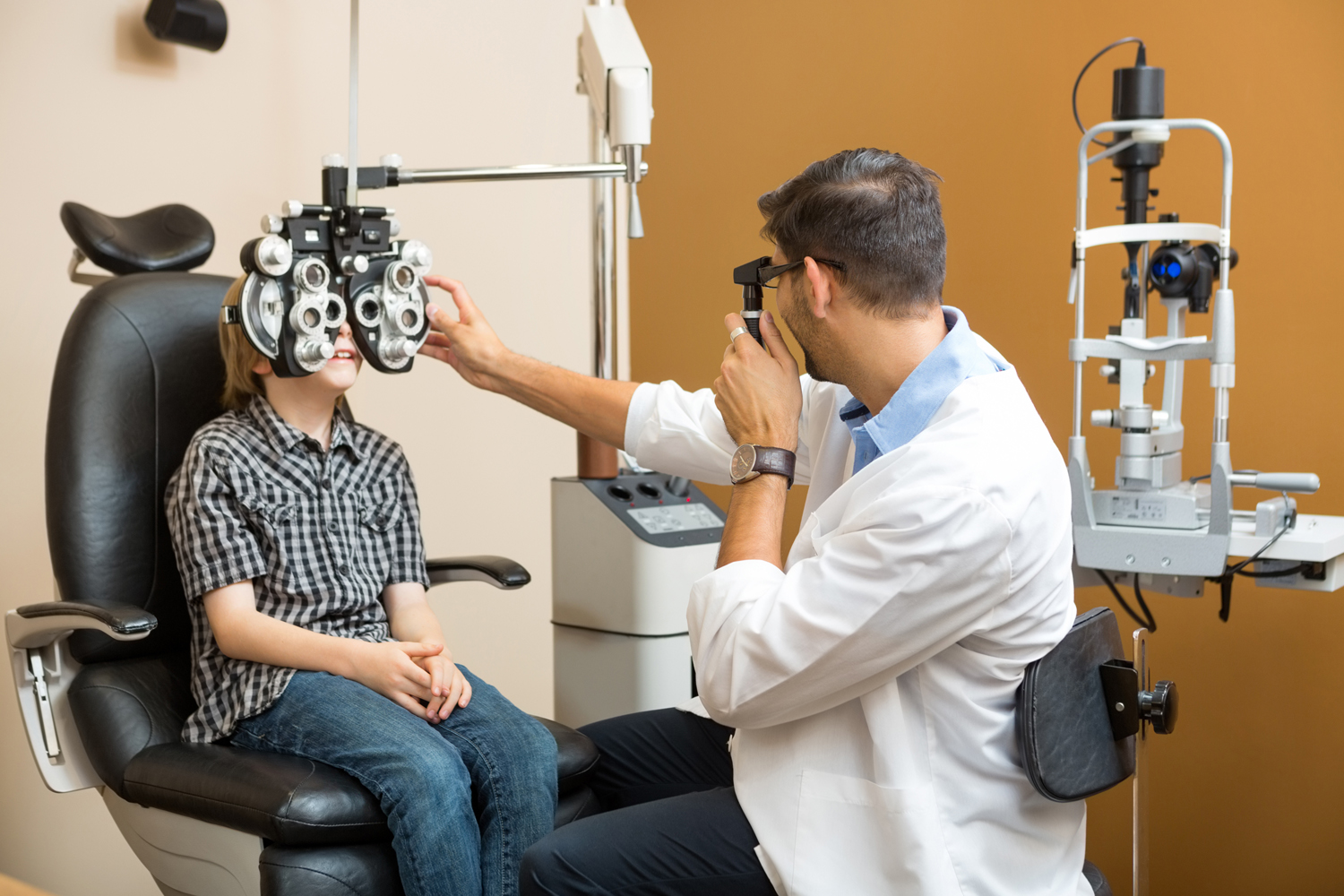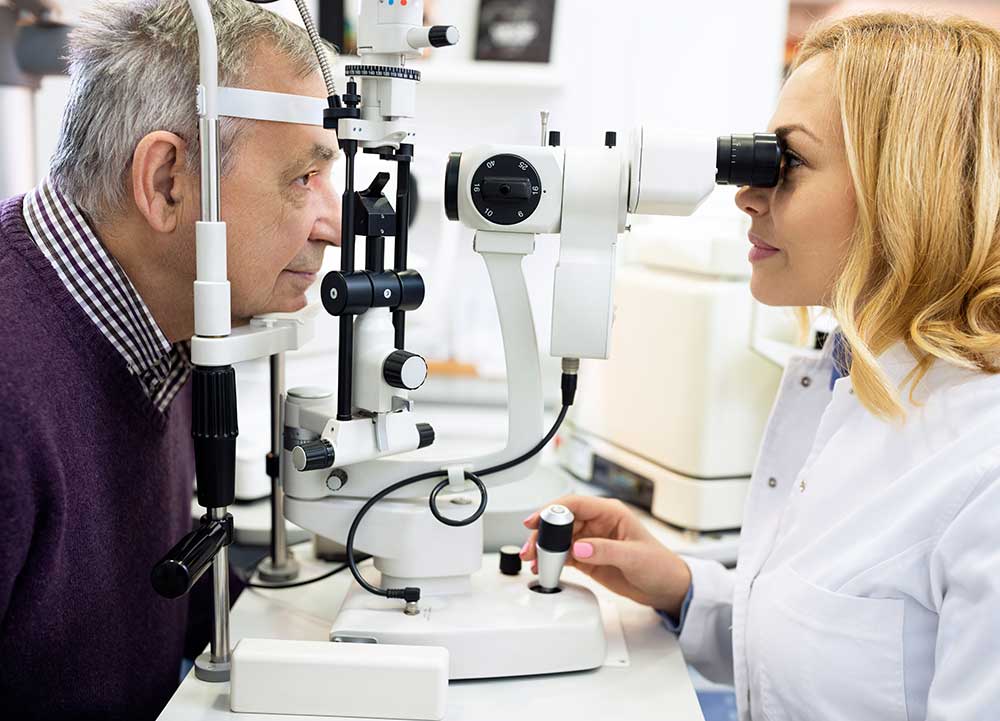Just How an Eye Doctor Can Help Avoid Vision Complications in Chino
Just How an Eye Doctor Can Help Avoid Vision Complications in Chino
Blog Article
Discovering the Newest Technological Advancements in Optometry and What They Mean for Eye Doctors
In the ever-evolving area of optometry, recent technological innovations are improving how specialists come close to eye care. From the precision of Optical Coherence Tomography to the nuanced understandings provided by AI-driven analysis tools, these technologies are setting new requirements in client analysis and treatment. Teleoptometry is positioned to redefine accessibility, making certain that proficiency goes beyond geographical restrictions. As these innovations penetrate the practice, optometrists are confronted with the challenge of accepting these devices to enhance patient results. The concern continues to be: how will these technological changes redefine the duties and obligations within the career?
Advancements in Diagnostic Tools
Advancing the area of optometry, technologies in diagnostic devices have reinvented the method eye treatment specialists examine and detect aesthetic impairments and eye conditions. The previous decade has actually observed considerable technological developments, making it possible for even more extensive and accurate evaluations.
Another trick technology is the introduction of advanced corneal topography systems, which map the surface area curvature of the cornea with precision. These tools are particularly valuable for fitting call lenses and identifying corneal disorders. In addition, electronic retinal imaging has changed traditional ophthalmoscopy, providing in-depth, breathtaking sights of the retina that facilitate extensive visual examinations.
The advancement of wavefront aberrometry has actually also been important, allowing the evaluation of refractive errors with unmatched accuracy (Eye Doctor). This modern technology aids in customizing corrective lenses and boosting surgical outcomes for refractive surgical treatments. Collectively, these analysis advancements empower eye doctors to supply remarkable patient care, making certain early treatment and tailored treatment techniques, inevitably enhancing visual health and wellness results
AI in Patient Management
Building on the structure of sophisticated analysis devices, the consolidation of synthetic knowledge (AI) in individual administration represents a transformative jump for optometry. AI systems are significantly used to improve efficiency, accuracy, and personalization in patient treatment. By examining large amounts of data, AI can recognize patterns and anticipate possible ocular conditions, making it possible for optometrists to customize treatments extra efficiently. This ability is important in managing persistent eye conditions such as glaucoma and diabetic person retinopathy, where early discovery and constant surveillance are vital.
Additionally, AI-driven systems help with structured client communications and administrative processes. Automated organizing, digital examinations, and customized follow-up strategies not only enhance patient fulfillment but likewise maximize time administration for specialists. These systems can triage people based upon the urgency of their conditions, ensuring that those in critical requirement receive punctual attention.
Moreover, AI boosts decision-making by providing optometrists with evidence-based referrals and therapy pathways. By integrating information from digital health and wellness documents, AI devices provide understandings that educate clinical decisions, minimizing the threat of mistakes and improving patient results. As AI proceeds to advance, its duty in individual management will likely expand, reshaping the landscape of optometric care.
Developments in Retinal Imaging
In the world of optometry, retinal imaging has actually witnessed remarkable technical advancements that are boosting analysis capabilities and individual treatment. Advancements such as Optical Coherence Tomography (OCT) and fundus photography have revolutionized how eye doctors analyze the retina and picture.
Improved imaging modalities like OCT angiography are additional refining analysis accuracy. Optometrist Chino. Such innovations facilitate the identification of minute retinal modifications that might symbolize illness development.
Moreover, advancements in expert system are augmenting retinal imaging by making it possible for automated analysis of huge datasets. These systems assist optometrists in determining patterns a sign of pathology, therefore enhancing diagnostic accuracy and efficiency. Collectively, these advancements are changing retinal imaging right into a foundation of modern-day eye treatment, improving outcomes and broadening restorative opportunities.
Teleoptometry's Expanding Duty
Teleoptometry is significantly becoming an important element of eye treatment, driven by advancements in digital communication and diagnostic tools. As optometry welcomes electronic makeover, teleoptometry assists in remote appointments, allowing optometrists to extend their solutions beyond standard limits. news This is especially beneficial in underserved and rural areas where access to specialized eye treatment is typically minimal. By leveraging high-resolution video clip conferencing and advanced retinal imaging, optometrists can perform comprehensive eye exams from afar, ensuring prompt diagnosis and treatment.
The integration of artificial intelligence (AI) additional enhances teleoptometry, enabling the analysis of visual information and aiding in the discovery of eye problems such as glaucoma and diabetic retinopathy. AI-powered formulas can rapidly analyze complicated imaging data, offering eye doctors with beneficial insights that bolster clinical decision-making.
Moreover, teleoptometry sustains connection of care with seamless combination with digital health and wellness documents (EHRs), enabling optometrists to preserve detailed patient backgrounds. When consulting with various practitioners., this directory makes sure that patients obtain constant and personalized care even.
In spite of these advantages, obstacles continue to be, including making sure information security and handling person expectations. Nonetheless, teleoptometry represents a significant stride in the direction of even more easily accessible, reliable, and patient-centered eye treatment. As technology evolves, its role is positioned to expand better.

Future Fads in Eye Treatment
A myriad of ingenious patterns is readied to reshape the future of eye treatment, driven by technological developments and the developing needs of people. One substantial trend is the assimilation of man-made intelligence (AI) in diagnostics, which promises to improve the precision and effectiveness of eye examinations. AI algorithms can evaluate vast quantities of data from retinal pictures, possibly finding conditions like diabetic retinopathy and glaucoma earlier than conventional methods.
Furthermore, individualized medicine is acquiring traction in optometry, with hereditary screening informing tailored treatment plans. This technique intends to enhance individual results by tailoring treatments to specific genetic profiles. Wearable technology, such as smart call lenses, is also imminent, supplying real-time tracking of intraocular stress or glucose levels, hence providing continuous insights right into systemic and eye health.
The fostering of augmented fact (AR) and virtual truth (VIRTUAL REALITY) in training and client education and learning is another arising trend. These innovations offer immersive experiences that can boost understanding and abilities both for patients and optometrists. As these fads advance, optometrists need to remain abreast of technological improvements to provide cutting-edge care, ensuring improved patient outcomes and complete satisfaction in the dynamic landscape of eye care.
Conclusion

Jointly, these analysis developments encourage optometrists to deliver superior individual treatment, making certain very early treatment and tailored therapy strategies, eventually boosting visual wellness outcomes.

As these technologies proceed to develop, optometrists need to adapt and integrate them into technique, ultimately maximizing process performance and elevating the standard of eye treatment provided to patients.
Report this page